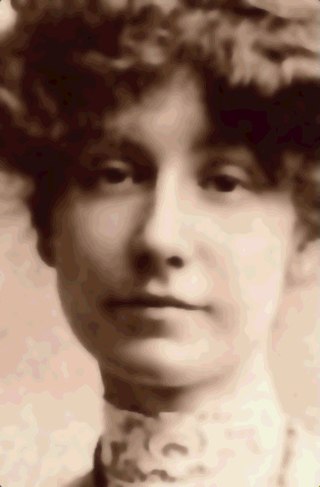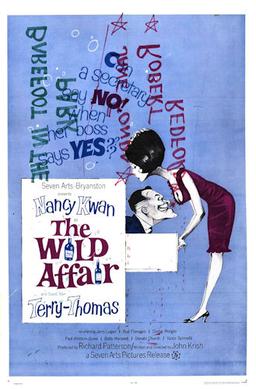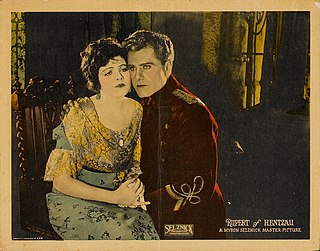
Margaret Gabrielle Vere Long, who used the pseudonyms Marjorie Bowen, George R. Preedy, Joseph Shearing, Robert Paye, John Winch, and Margaret Campbell or Mrs. Vere Campbell, was a British author who wrote historical romances and supernatural horror stories, as well as works of popular history and biography.

General Crack is a 1929 American pre-Code sound all-talking historical costume melodrama with Technicolor sequences which was directed by Alan Crosland and produced and distributed by Warner Bros. It was filmed and premiered in 1929, and released early in 1930. It stars John Barrymore in his first full-length talking feature. The film would prove to be Crosland and Barrymore's last historical epic together. It was based on the 1928 novel General Crack by the British writer Marjorie Bowen, published under the name George Preedy, one of her several pen names.

Grand Canary is a 1934 American drama film directed by Irving Cummings and starring Warner Baxter, Madge Evans and Marjorie Rambeau. It is an adaptation of A. J. Cronin's 1933 novel of the same title.

The Wild Affair is a 1965 British comedy film written and directed by John Krish and starring Nancy Kwan, Terry-Thomas, Jimmy Logan, Gladys Morgan, and Betty Marsden. It was adapted from the 1961 novel The Last Hours of Sandra Lee by William Sansom. Filmed in 1963, the film's release was delayed, finally opening in cinemas nationwide on 7 November 1965. The film went on to open in London cinemas from 28 November 1965.
It Happened One Sunday is a 1944 British romantic comedy film directed by Karel Lamač and starring Robert Beatty, Barbara White and Marjorie Rhodes. Produced and distributed by Associated British it was shot at Welwyn Studios with sets designed by the art director William C. Andrews. The film was based on the play She Met Him One Sunday by Victor Skutezky.

Dead Men Tell No Tales is a 1938 British thriller film directed by David MacDonald and starring Emlyn Williams, Sara Seegar and Hugh Williams. It is based on the 1935 novel The Norwich Victims by Francis Beeding. The film was made at Welwyn Studios.

Night of the Garter is a 1933 British comedy film directed by Jack Raymond and starring Sydney Howard, Winifred Shotter and Elsie Randolph.

The River's End is a 1920 American silent Western drama film directed by Victor Heerman and Marshall Neilan and starring Lewis Stone, Marjorie Daw, and Jane Novak. It is an adaptation of the 1919 novel of the same name by James Oliver Curwood.

Walls of Gold is a 1933 American Pre-Code drama film directed by Kenneth MacKenna and starring Sally Eilers, Norman Foster, and Ralph Morgan.

No Time to Marry is a 1938 American comedy film directed by Harry Lachman and starring Richard Arlen, Mary Astor and Lionel Stander.
Marjorie Taylor (1912–1974) was a British stage and film actress. She played the female lead in several Tod Slaughter films during the 1930s.

Twilight Hour is a 1945 British drama film directed by Paul L. Stein and starring Mervyn Johns, Basil Radford, and Marie Lohr. It was shot at the British National Studios in Elstree. The film's sets were designed by the art director Wilfred Arnold. It was based on a novel of the same title by Arthur Valentine

Greater Than Marriage is a 1924 American silent drama film directed by Victor Halperin and starring Marjorie Daw, Lou Tellegen, and Tyrone Power Sr.
The Social Buccaneer is a 1916 American silent drama film directed by Jack Conway and starring J. Warren Kerrigan, Louise Lovely and Maude George.

Rupert of Hentzau is a 1923 American silent adventure film directed by Victor Heerman and starring Bert Lytell, Elaine Hammerstein, and Lew Cody. It is an adaptation of Anthony Hope's 1898 novel Rupert of Hentzau, the sequel to The Prisoner of Zenda.

The White South is a 1949 thriller novel by the British writer Hammond Innes. It is set on a factory ship operation in the Antarctic Ocean.

Daughters of the Rich is a 1923 American silent drama film directed by Louis J. Gasnier and starring Miriam Cooper, Gaston Glass, and Ethel Shannon based upon the 1900 novel of the same name by Edgar Saltus.

Moss Rose is a 1934 mystery novel by the British writer Marjorie Bowen, written under the pen name of Joseph Shearing. It is based on the unsolved murder of Harriet Buswell in 1872. The title refers to Moss Rose, a flowering plant.

Blanche Fury is a 1939 mystery thriller novel by the British writer Marjorie Bowen, published under the pen name of Joseph Shearing. It was republished as a Armed Services Edition during the Second World War.

For Her to See is a 1947 historical mystery crime novel by the British author Marjorie Bowen, writing under the pseudonym of Joseph Shearing. It was inspired by the unsolved murder of Charles Bravo in 1876. It was published in London by Hutchinson. The American version was published by Harper under the alternative title So Evil My Love.

















